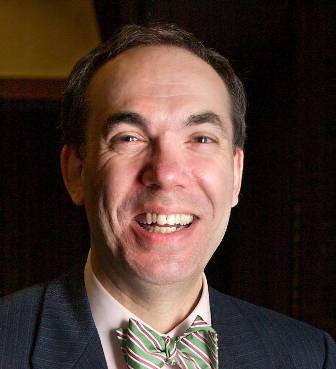|

Elliot Eisenberg, Ph.D.
GraphsandLaughs, LLC
June 2015
A Single, Possibly a Double, but No Home Runs
Despite GDP growth stalling in Q1, this time due to bad weather, a port strike on the west coast, a rising dollar and falling oil prices, the economic recovery remains intact. The poor performance of the US economy from January through March was aberrant, and the incoming employment, housing, and service sector data all point to a modest economic pickup. GDP growth the rest of the year should average 2.6%, with growth in Q2 closer to 1.75% as the economy slowly rebounds from a tough Q1. An expected pick-up in wages and oil exploration activity and possibly increased corporate spending on plant and equipment suggest that 2015 will probably improve as it progresses.
Despite falling energy prices, household spending has been very lackluster. As a result, savings rates are up and spending on durable and non-durable goods has been weak. Simultaneously, because the strong dollar has made US exports more costly abroad and imports cheaper here, manufacturing activity has slowed. And due to falling oil prices, oil exploration has plummeted, with just 646 rigs in operation, down from a high of almost 1,600 eight months ago. That said, rig counts have stopped falling and should start to rise as oil prices firm. Moreover, the labor market continues to strengthen. Voluntary quit rates are rising, the number involuntary terminations keeps falling, and job creation, while slightly down from last year, is strong. At this rate of improvement, there will be little slack in the labor market a year from now.
A definite economic bright spot thus far in 2015 has been housing, and that is due to rising household formation. After averaging roughly 1.2 million annually from 1983 through 2006, household formation averaged just 600,000 through September 2014. Since then, it has been rising at an annualized rate of 1.5 million. Add to this increasing credit availability, and housing starts should reach an annualized average rate of 1.175 million during the second half of 2015, with new single-family construction contributing at a pace of 775,000 units and multifamily adding 400,000. Despite being severely constrained by a lack of inventory, pending home sales are strengthening and existing home sales should continue rising by 6% annually as should home prices.
As for inflation, it’s benign but will likely slowly begin creeping up from its current anemic level. The strong dollar will not strengthen further and oil will not weaken more, thus the trends that have exerted strong deflationary pressures on imports and energy respectively should dissipate. Moreover, as the unemployment rate falls, labor shortages will become an increasing reality and that will cause wages to rise. This should help household spending and encourage corporate investment. However, slowly rising prices and wages, albeit from very low levels, will push the Fed to raise short-term rates late this year, probably in September but possibly in December. The Fed will then raise rates very slowly thereafter due to weak global growth. Long-term rates have bottomed and 10-yr Treasuries will end the year at close to 2.6% as the economy strengthens.
In short, the economy continues to grow modestly. Short-term rates will start rising in the fall, wages are showing nascent signs of rising, and residential construction activity looks to strengthen as we go into 2016. Most critically, continued solid job creation will keep the recent rise in household formation up and the likelihood of a recession during the next six months is zero.
Have a wonderful summer and see you in August! (Remember, I will not be writing an article in July).
Elliot Eisenberg, Ph.D. is President of GraphsandLaughs, LLC and can be reached at Elliot@graphsandlaughs.net. His daily 70 word economics and policy blog can be seen at www.econ70.com. You can subscribe to have the blog delivered directly to your email by visiting the website or by texting the word “BOWTIE” to 22828.
|